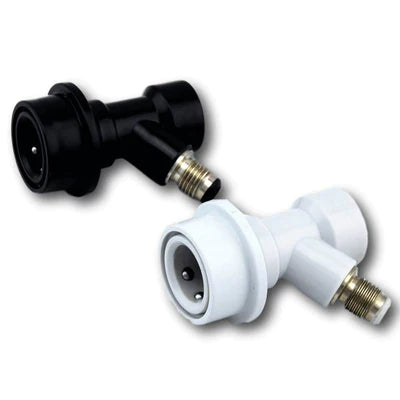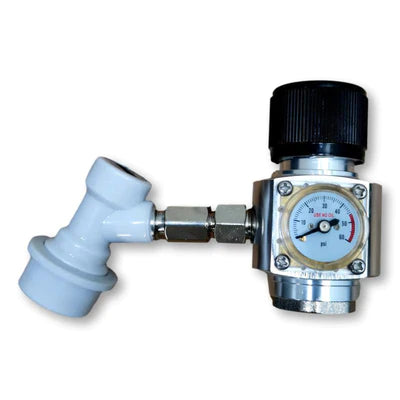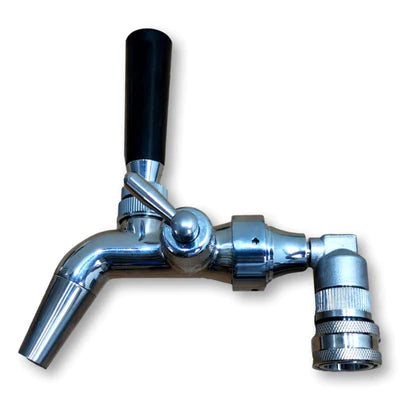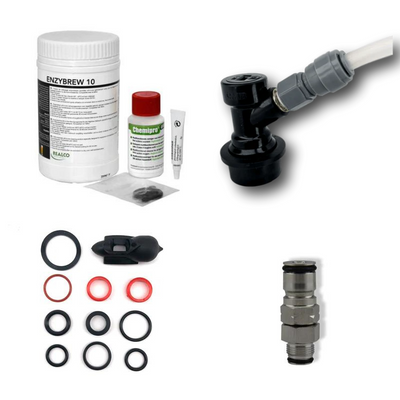Free & Fast Shipping Options In EU
Free & Fast Shipping Options In EU
About
Kegging Gear
Setup and Usage: The Espresso Martini Keg Package
Your Product Manual
This complete package includes everything you need (except the alcohol) to have espresso martinis on tap anywhere, in batches of 15 at a time! Includes keg, tap, gas, accessories and cold brew coffee concentrate!
*If you want to print a page of the manual just right click on it
WARNING: ALWAYS ensure the regulator is turned OFF (all the way anti-clockwise) before you screw in, or unscrew, a gas source (like a bulb or gas bottle) from any regulator. This applies to any gas regulator but especially mini ones as the components are much smaller and therefore more delicate. This also includes when connecting it to, or disconnecting it from, a pressurised keg as this has the same result, a sudden increase or decrease in the pressure going through the regulator.
YOU WILL DAMAGE YOUR REGULATOR IF YOU DO NOT FOLLOW THIS SAFETY INSTRUCTION.
View The ManualSwapping From Unthreaded to Threaded Bulbs
iKegger 2.0 - FAQ
-
Short answer is that you use carbon dioxide (CO2) to pressurise your keg. The higher the pressure the more bubbles dissolve into your drink until they reach a point no more absorbs. So if you set the pressure at 12psi for instance it will stop absorbing CO2 at about the right "bubblines" for beer. 15-18psi for soda, 10psi for stout.
For more in depth info see this page.
-
Pure nitrogen and nitrous oxide both dissolve into liquids and when it's poured afterwards cause it to foam in a way resembling the classic Guinness beer with cascading head.
Nitrogen is quite difficult to dissolve into liquid though and needs much higher pressure than CO2. You should have all your ingredients as cold as possible (cold liquid is easier to dissolve gas into generally) then set the pressure at 45psi and either shake the keg or leave it to sit for a few hours (the longer the better) to infuse the nitrogen into the liquid.
If you have a lot of empty space in the keg you will possibly use one bulb just to presurise the keg and need to add more to infuse and then pour with.
As a general rule you want to dissolve one full bulb into the liquid and then use more bulbs to keep the keg pressurised and pour with. To do this shake the keg or leave it to sit at 45psi until the pressure starts to drop and turnning the dial up doesn't increase it anymore. This is a sign that the bulb is empty so TURN OFF THE REGULATOR then unscrew the bulb. Insert a fresh one and then turn the pressure back up to 45psi to pour. If the coffee etc hasn't got the level of foam you'd like then shake or wait till more gas has absorbed and try again.
Gas - Carbonation and Nitro Infusion
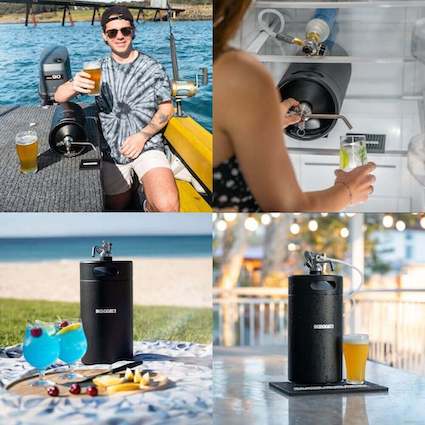
Using iKegger 2.0 With Other Equipment
Subscribe
Sign up to get the latest on sales, new releases and more …




